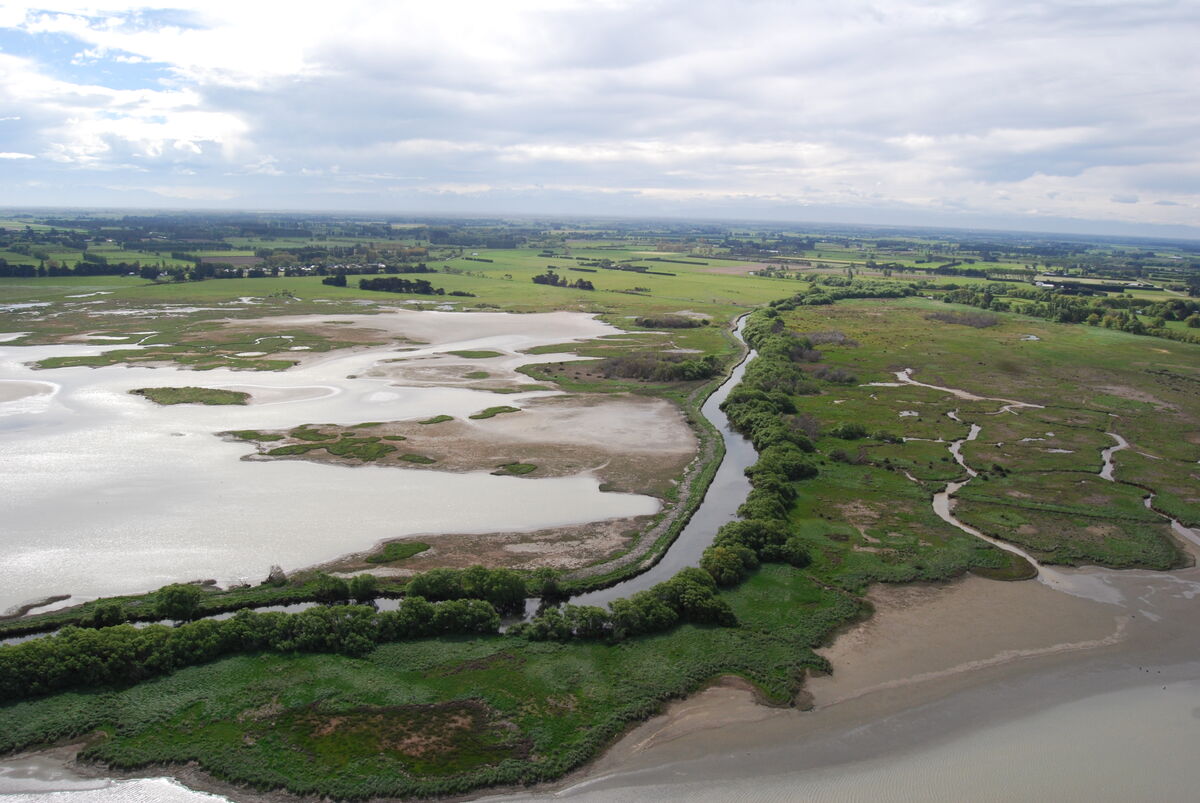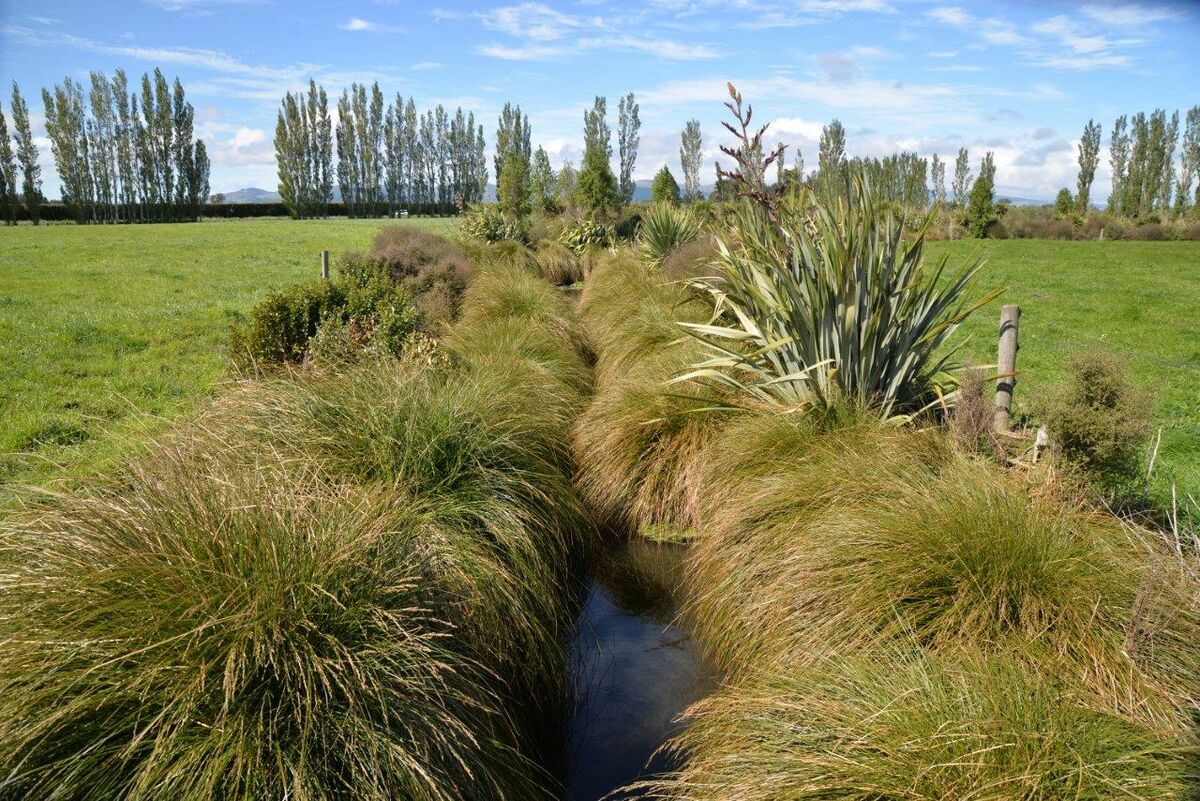
The economic value of lowland waterway restoration
What is the problem?
Throughout the 1800’s, European settlers dug thousands of kilometres of channels to drain extensive areas of wetland in lowland Aotearoa New Zealand to use the land for farming and settlement. Since then, these have been managed primarily for land drainage. Yet these drains are part of a wider network of waterways that discharge to sensitive receiving environments like lowland lagoons and our larger rivers and often provide the only remaining habitat for freshwater species in modified lowland areas.
The perceived value of the drainage network is low, and maintenance is generally funded by historic rating structures, resulting in limited interest and funding available to improve the management of these waterways for ecological and cultural values. This is a nationwide problem, with landowners and rural water network managers grappling with how to improve management practices and fund work to restore natural function to these lowland waterways. This is becoming increasingly important in the face of climate change and building resilience into the landscape.
We don’t have a picture of the costs and benefits of restoration, and the future costs of not acting. This information will be useful for those making investment decisions to reverse biodiversity decline and meet climate and nature obligations.
What is the project?
This study is aiming to assess the costs and benefits of restoring Aotearoa New Zealand’s lowland drainage networks at a national scale.
Understanding the economics of lowland drainage restoration will support DOC’s mahi to reverse biodiversity decline and benefit Fonterra as it seeks to improve the environmental sustainability of milk production, meet, or exceed environmental regulations, capture market premiums for responsible production practices, and enhance the resilience of agricultural ecosystems. This work will also be of interest to:
- Local iwi, hapū, and rūnanga as mana whenua and kaitiaki
- Local authorities managing rural water networks, development, town and city infrastructure, and flood risk
- Central government and central government agencies charged with halting the degradation of freshwater resources and achieving material improvements within a generation
- Downstream users and those who use receiving environments, for example, water services and ports and recreational users.
How is this being done?
This study builds on the insights from the Ararira-LII Catchment Water Network Redesign Project and Waituna Economic Evaluation.
The study involves estimating restoration costs at a catchment level using the Ararira/LII Catchment as the example, and then extrapolating these results to the national level using cost and benefit transfer functions. The study will identify and value the benefits of the restoration programme and conduct a Social Cost Benefit Analysis (CBA) to evaluate the economic viability of the programme from a whole-of-society point of view.
The study will also factor in the social and change management aspects that often get left out of projects that cost environment restoration. This is critical to include as the social process is fundamental to achieving any change for the environment.
This work is underway, aimed to be completed by December 2023.

Sarah Yarrow
